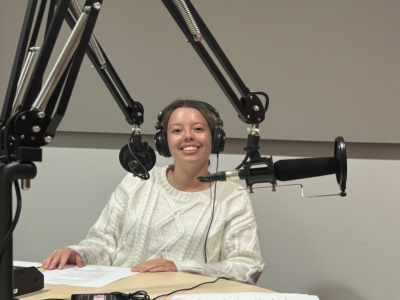In the Apple store alone, there are now over 2 million apps available. Some help us listen to music, talk to our friends, track our steps or complete tasks—but there are also apps for more serious purposes. In the past few years, several apps have been designed to address things like sexual violence. The goal is often to prevent abuse or violence before it happens. But who’s making these apps? And what kind of values and norms go into their design?
By dissecting 215 apps aimed to address sexual violence, Rena Bivens is exploring how politics, values and norms are embedded in technology—by designers, programmers, and stakeholders.
Her research interests begin with the idea that technology is never neutral.
“Software can hide things,” she says. “It can seem really progressive on the surface, but there are troubling things happening underneath that get buried further and further.”
Her interest in apps came from watching what people in the anti-violence sector were doing with technology. She became curious about what she calls ‘the hidden politics of design’. So far, Bivens’ has found that many common myths about rape, myths that feminists have been trying to unpack and dispel for years, are often embedded in these apps.
For example, many of them feature a “panic button” which sends the users’ GPS coordinates to their network if pressed. Bivens says that feature is designed with the assumption that sexual violence is usually committed by a random stranger in a public place. “But we know that’s most often not the case,” she says.
While Bivens doesn’t believe technology alone can solve the issue of sexual violence, she’s curious about how society has to change—and how technology also has to change—in order to move forward.
Bivens’ project draws on ideas from many different disciplines from design and human-computer interaction, to computer science, to feminist and queer theories.
In general, Bivens is interested in the broader relationship between technology and society, and the emergence of gender, race, and violence is central to her work.
Tuesday, January 31, 2017 in Research Profiles, Research Profiles Active
Share: Twitter, Facebook



